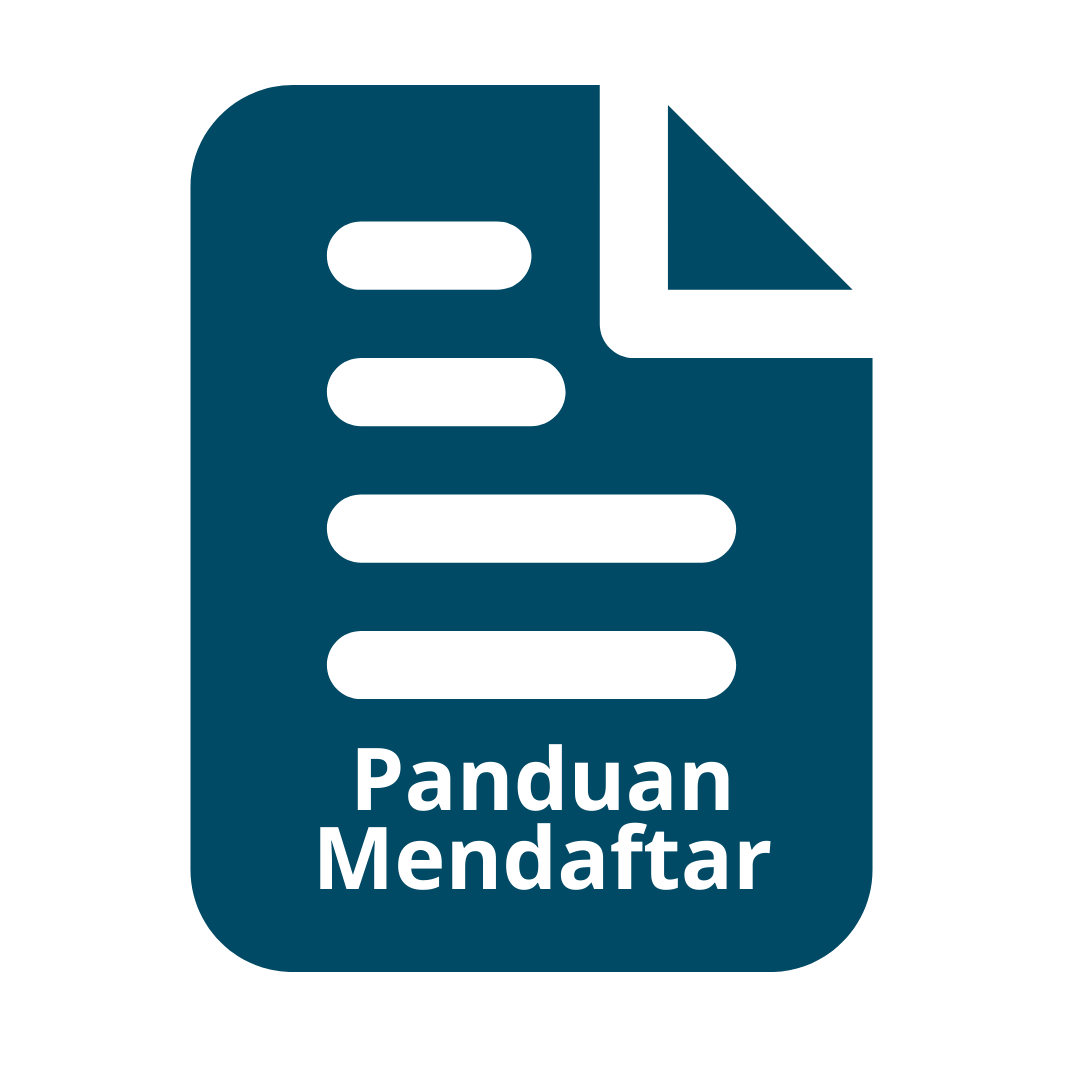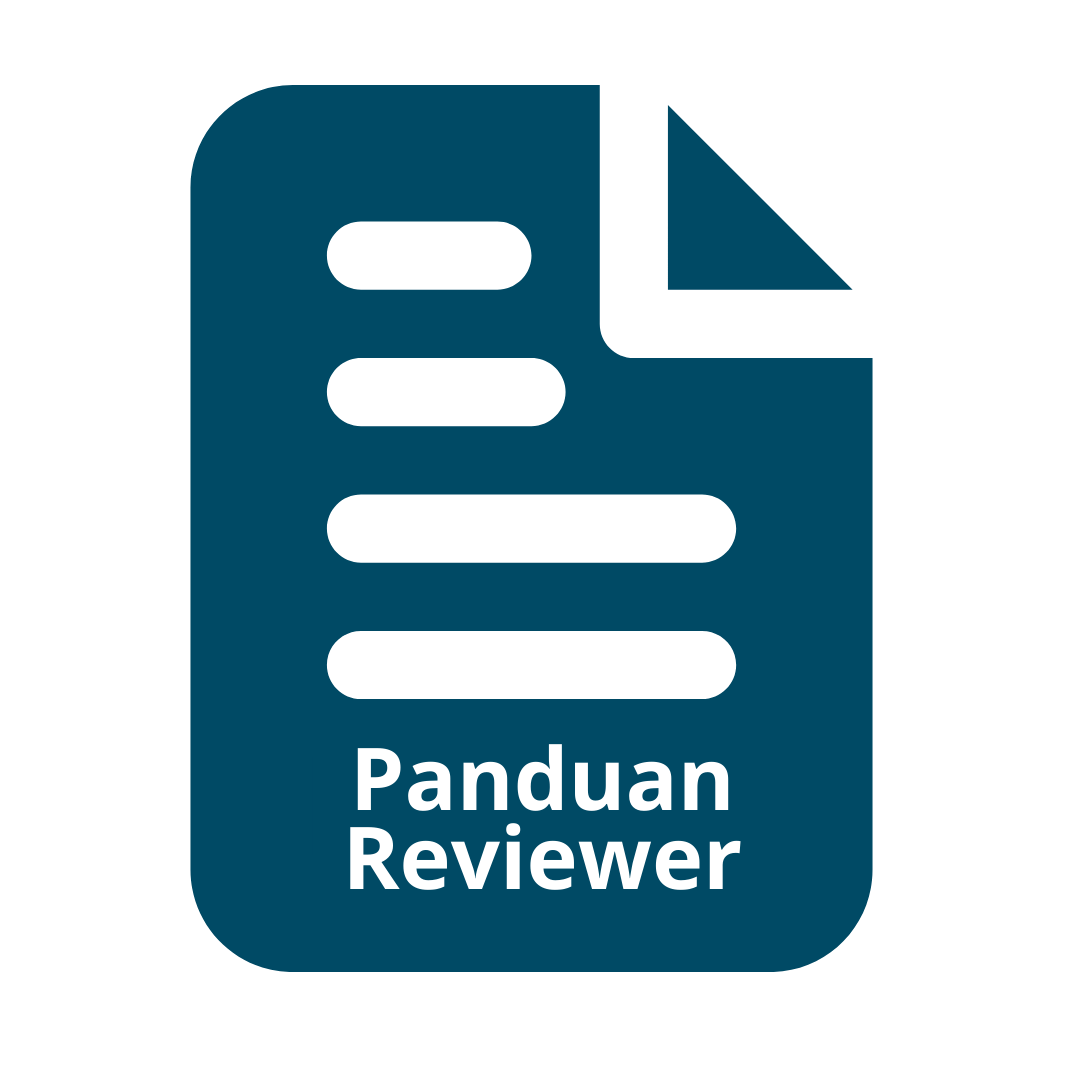Curcuma (Curcuma xanthorrhiza Roxb) diseases in different composition of fertilizer
Abstract
Curcuma or Java Turmeric as traditional medicine has given significant contribution in industrial empowerment. The demand increased, following the increase of food and drink industry based on curcuma. Therefore, extensification and intensification in curcuma cultivation was developed, included variety and fertilizer composition. Combination of chemical and organic fertilizer was used to increase the yield. However, the effect of fertilizer to plant disease intensity should be determined. Based on the observation at month 6th, the dominant diseases were Fusarium wilt, leaf spots caused by Phyllosticta sp., Colletotrichum sp. and Gloeosporium sp. The greatest percentage of Fusarium wilt (11.11%) was found in variety Cursina 1 that received organic fertilizer 10 ton/ha, with disease intensity 60.52%; whilst the lowest percentage (0%) was found in Cursina 2 that received organic fertilizer. The greatest percentage of leaf spot was seen in Cursina 2 that was given organic fertilizer, with disease intensity 41.67%; whilst the lowest percentage was found in Cursina 1 that received the combination of organic fertilizer 10 ton/ha, 100 kg/ha urea, 100 kg/ha KCl, and 100 kg/ha SP-36, with disease intensity 18.06%.
Keywords: curcuma, disease, fertilizer
Keywords
Full Text:
PDFReferences
Agrios, G.N. 1988. Plant Pathology, 3rd edition. Academic Press, Inc: San Diego. 803 pp.
Agusta, A. dan Chaerul, 1994. Analisis komponen kimia minyak atsiri dari rimpang temulawak (Curcuma xanthorrhiza Roxb.). Prosiding Simposium Penelitian Bahan Obat Alami VIII, hal. 643 – 647.
Alexopoulos, C. J. and C. W. Mims. 1979. Introductory Mycology. 3rd ed. John Wiley and Sons. New York.
Badan Pengawas Obat dan Makanan (Badan POM), 2004. Informasi temulawak Indonesia, 36 hal.
Departemen Kesehatan RI., 1979. Materia Medika Indonesia Jilid III, 196 hal.
Kemala, S; Sudiarto, E. R.Pribadi, JT. Yuhono, M. Yusron, L. Mauludi, M. Raharjo, B. Waskito dan H. Nurhayati, 2003. Studi serapan, pasokan dan pemanfaatan tanaman obat di Indonesia. Laporan Teknis Penelitian Bagian Proyek Penelitian Tanaman Rempah dan Obat APBN 2003. 61 hal.
Prana, M. S., 1985. Beberapa aspek biologi temulawak (Curcuma xanthorrhiza Roxb.). Prosiding Simposium Nasional Temulawak. Bandung 17 – 18 September 1985, hal. 42 – 48.
Direktorat Aneka Tanaman, 2000. Budidaya Tanaman Temulawak. Jakarta. 44 hal.
Hadi, S., 1985. Manfaat temulawak ditinjau dari segi kedokteran. Prosiding Simposium Nasional Temulawak. Bandung 17 – 18 September 1985, hal. 139 – 145.
McKinney, HH., 1923. Influence of soil temperature and moisture on infection of wheat seedlings by Helminthosporium sativum. Journal of Agricultural Research 26, 195-217.
Ramakrishnan, T.S., 1942. A leaf spot disease of Zingiber officinale caused by Phyllosticta zingiberi N. sp. Proceedings of the Indian Academy of Sciences, Section B, 15 (4). pp. 167-171. ISSN 0370-0097
Rismunandar.1988. Rempah-rempah Komoditi Ekspor Indonesia. Sinar Baru. Bandung.
Semangun, H. 1991. Penyakit-penyakit Tanaman Hortikultura di Indonesia. 418 hal.
Sidik, M.W. Mulyono, dan A Muhtadi, 1997. Temulawak, Cucurma xanthorrhiza (Roxb). Yayasan Pengembangan Obat Alam. 105 hal.
Smith, I.M., J. Dunez, D.H. Phillips, R.A. Lelliott, and S.A. Archer, eds. 1988. European handbook of plant diseases. Blackwell Scientific Publications: Oxford. 583pp.
SPSS Inc. 1999. SPSS® for WindowsTM Version 10.0.5. Chicago: SPSS Inc.
Stroikov, Yu. M., A.K. Atsu, and K.V. Popkova, 1980. Effect of mineral fertilizers on the field resistance of potato to Phytophthora Izvestiya Timiryazevskoi Sel’skokhozyaistvennoi Akademii. 1: 120-125.
Suksamrarn, A., S. Eiamong, P. Piyachaturawat and J. Charoenpiboonsin,1994. Phenolic Diarylheptanoids from Curcuma xanthorrhiza. Phytochemistry, 36 (6): 1505–1508.
Suwiah. 1991. Pengaruh Perlakuan Bahan dan Jenis Pelarut yang Digunakan pada Pembuatan Temulawak Instan terhadap Rendemen dan Mutunya. Skripsi.FATETA IPB.
Toussoun, T.A. and P.E. Nelson. 1968. A Pictorial Guide to the Identification of Fusarium species according to the taxonomic system of Snyder and Hansen. The Pennsylvania State Universtiy Press: University Park, Pennsylvania. 51 pp.
Witt, C., V. Balasubramanian, A. Dobermann, and R.J. Buresh.
Nutrient Management. International Rice Research Institute Philippines and University of Nebraska USA. 4 pp. http://www.betuco.be/rijst/Nutrient%20 Management%20Rice.pdf, May 25, 2011.
DOI: https://doi.org/10.31315/agrivet.v18i2.4656
DOI (PDF): https://doi.org/10.31315/agrivet.v18i2.4656.g3381
Refbacks
- There are currently no refbacks.
Indexed by:









